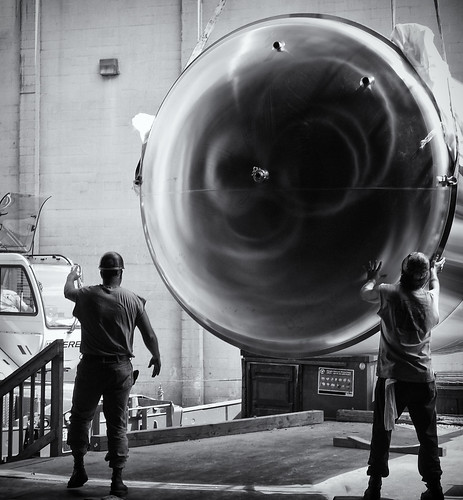This happened.
On 29 January 2021, I tasted an aged bottle of
J.W. Lees & Co. Harvest Ale (11.5% alcohol
barleywine 1), that the Middleton, England-brewery had brewed and bottled twenty-one years earlier, in
Y2K. And that had resided in my 'cellar' since.
Though J.W. Lees Brewery of Middleton, England, has been crafting quality beer since 1876, it wasn't until 1986 that it released its delectable sipper into the world. Brewed with the choicest [me: ugh] Maris Otter malt [me: sublime] and East Kent Goldings hops [Ibid.] , it has the legs to go the distance. The brewery uses a house-developed yeast strain to ferment the brew in original open copper-lined vessels.
— Vintage Beer (Patrick Dawson): Storey Publishing, 2014.
"But," the old brewmaster asked, "How did the beer TASTE?"
Gently prying the crown cap, I heard a faint fizz. (
Listen to your beer.) Considering the
Harvest Ale's venerable age, its carbonic condition
2 and head retention were remarkably good. In fact, they were that of a 'fresh' beer. Likewise the clarity —just see-through deep garnet color— was good.
In the beer's aroma, I sniffed chocolate and dark berries. Taking a sip, I tasted the same but with secondary flavors of oloroso sherry and ruby port. Taking a gulp, I was drinking a semi-sweet beer with an unctuous finish (in a good way). Any burn from its alcoholic strength (11.5%) had been mellowed by two-decades-and-one-year of time.
I might have enjoyed a flourless chocolate dessert (or a fine Stilton cheese) as an accompaniment but, given such a divine taste of liquid history, I enjoyed it
per ipsum. Alas, the bottle contained only 275 milliliters (9.3 U.S. fluid ounces) of beer. Waiting so long for pleasure so brief.
-----more-----













